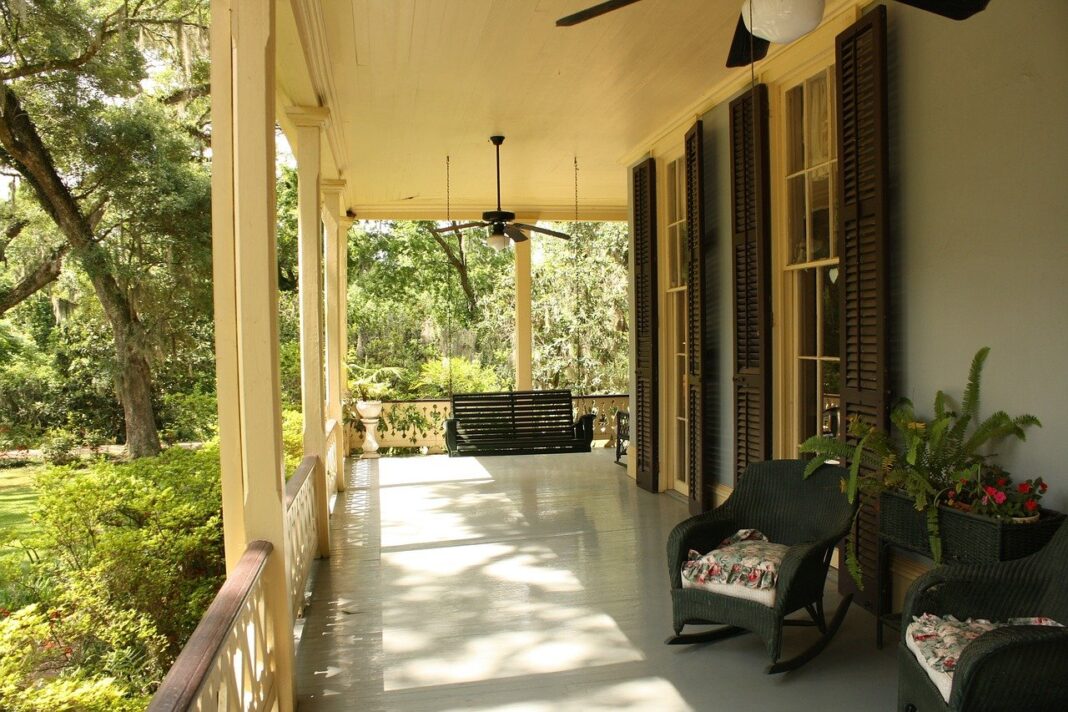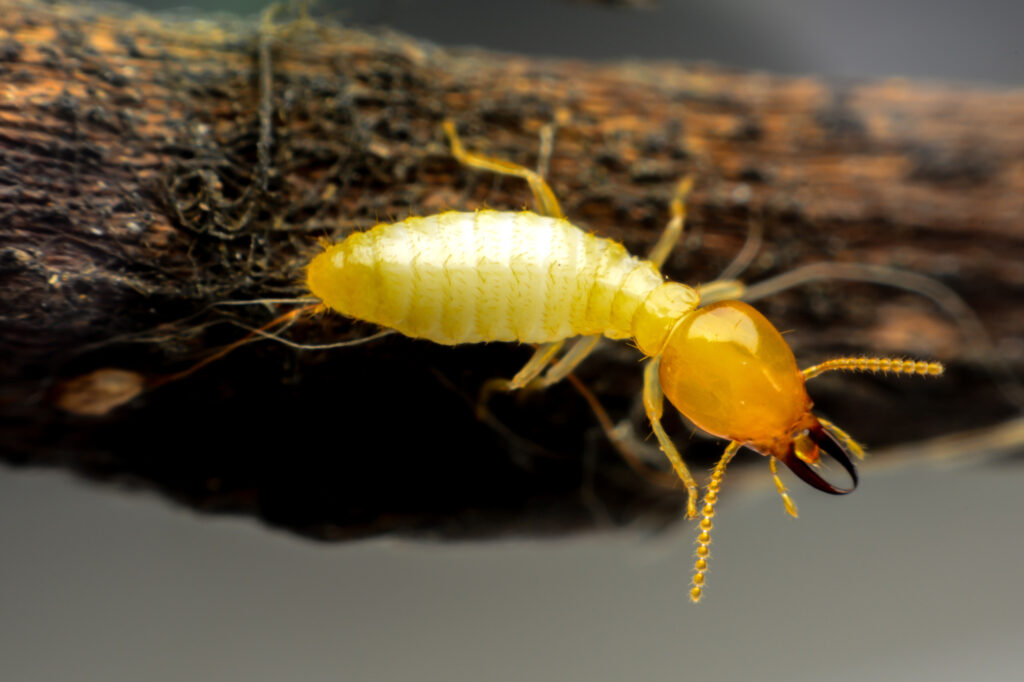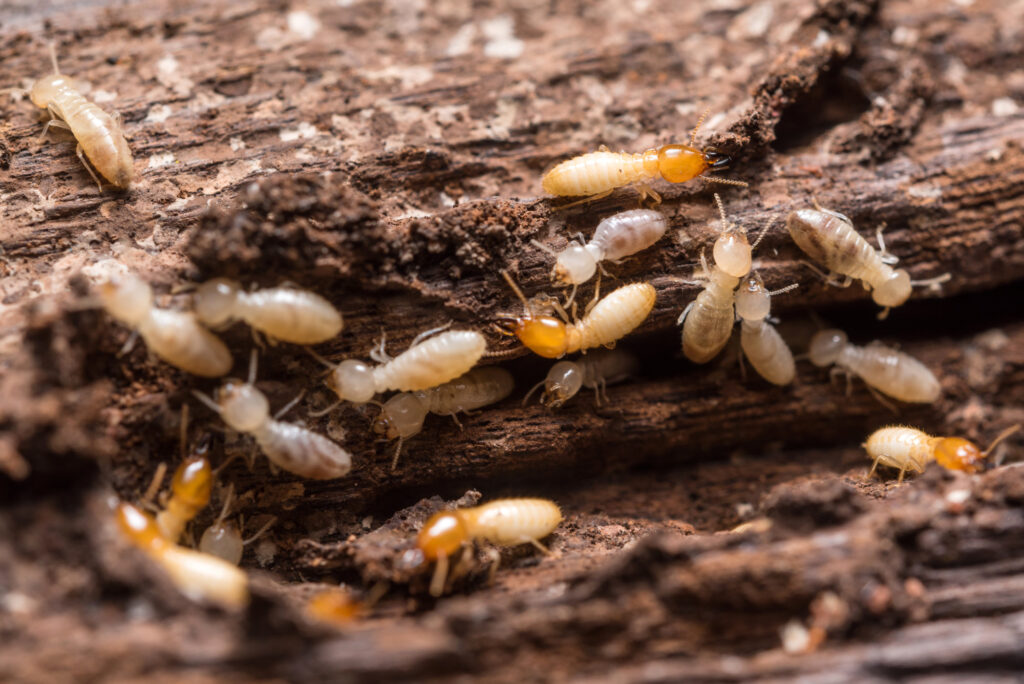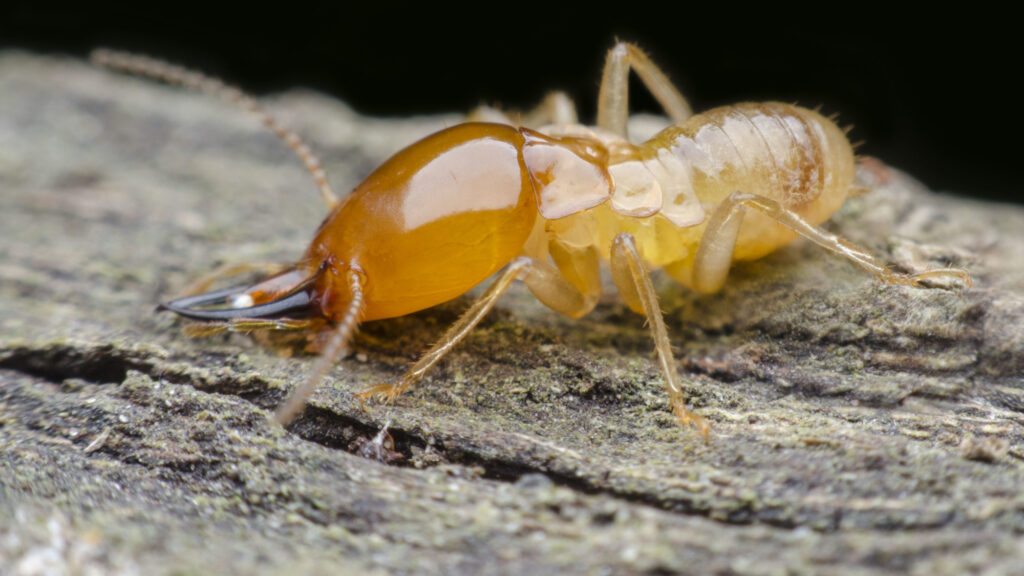Termites are always unwelcome guests. These pests damage close to 600,000 homes in the U.S every year, and the U.S. Department of Agriculture estimates that homeowners spend more than $1 billion a year on termite extermination and repairs. Unfortunately, our Southern Maryland ecosystem of forests, swamps, farmland, and creek bottoms is a perfect paradise for termites. Because of this, termites pose a serious problem for Southern Maryland homeowners, but what can you do about it? From early warning signs to termite damage, here is a quick break down everything you need to know about termites.
How to Identify Termites
In the U.S. there are three species of termites: Subterranean, Formosan, and Drywood. These termites vary in behavior and geographical region. So far, we only have one termite species in Southern Maryland, the eastern subterranean termite. One of the things you need to know about this termite is how to identify it. The most commonly seen subterranean termite is the swarmer, winged reproductives that emerge by the thousands in the springtime. It is common to mistake these termite swarmers for flying ants. However, termites have very distinct features. Termite swarmers have wings that are equal in length and a straight antennae and abdomen. They are also roughly ¼ to ½ an inch long. The worker termites are the ones that cause the damage. Sometimes they are seen under moist mulch and look like a maggot with legs. Worker subterranean termites will dehydrate and die quickly once exposed to air. Therefore, they are seldom seen and are less easily spotted.
Where Do Termites in Southern Maryland Live?
The eastern subterranean termite lives underground and thrives in damp soil. They are social insects that live in large colonies. The workers are constantly foraging for wood and wood products, which contains cellulose, their food. These termites gain access to your home from the ground up. They often enter from directly under the house, making them extremely hard to detect. Keep in mind, a subterranean termite only needs a crack the thickness of a piece of paper to penetrate concrete. Even homes with poured concrete foundations are not safe from these intruders.
Getting Rid of Termites
Depending on the type of termite infestation and the size of the colony, some termite infestations can be difficult to remove. In some cases, termites might be living in a nearby property and still infest your house. Once termites have found a source of food, they will keep returning there for more. If your infestation is small and localized, you might be able to contain it with a DIY termite control solution, but professional exterminators offer the most effective termite control solutions. If your property is infested and you are not sure where to start, your best bet is to team up with professionals!
How to prevent termite infestations in the future:
- Minimize wood-to-soil contact in sheds, fence posts, and other wooden structures.
- Store firewood away from your house.
- Make sure all areas around your home’s foundation are properly drained.
- Minimize the use of sprinkler systems.
- Remove tree stumps along with their root systems.
- Remove decaying mulch.
Rid Your Home of Pesky Problems Once and For All
Life’s Better with Planet Friendly Pest Control
Serving the tri-county area & located in Owings, MD
PlanetFriendlyPestControl.com














